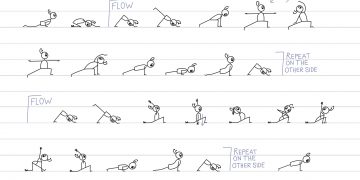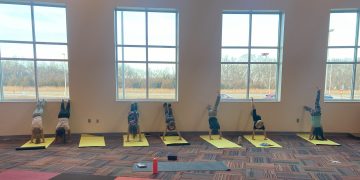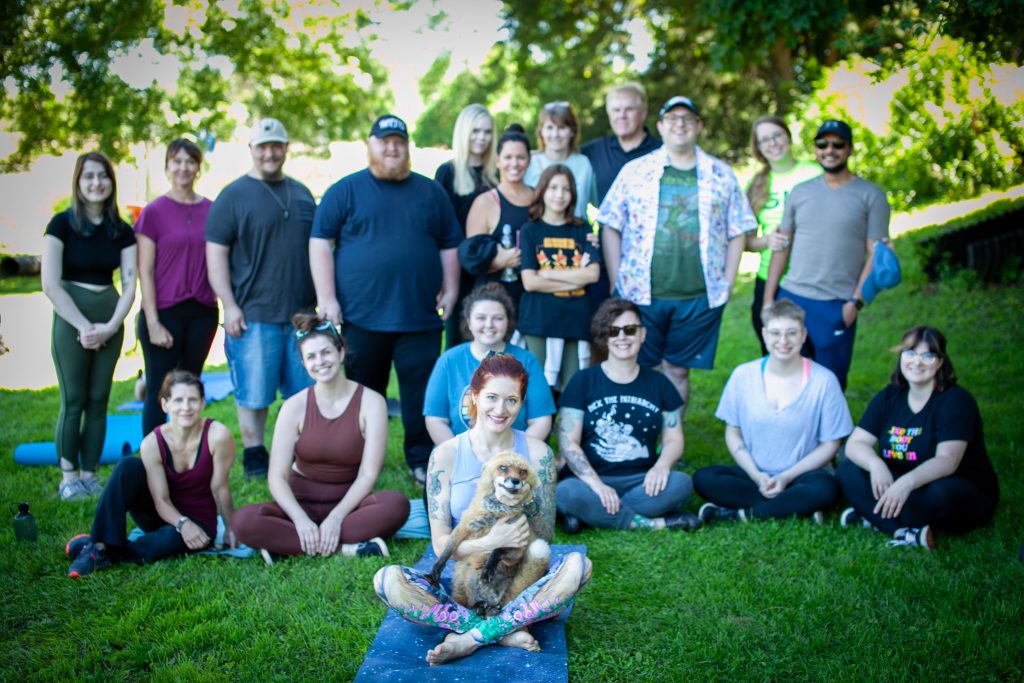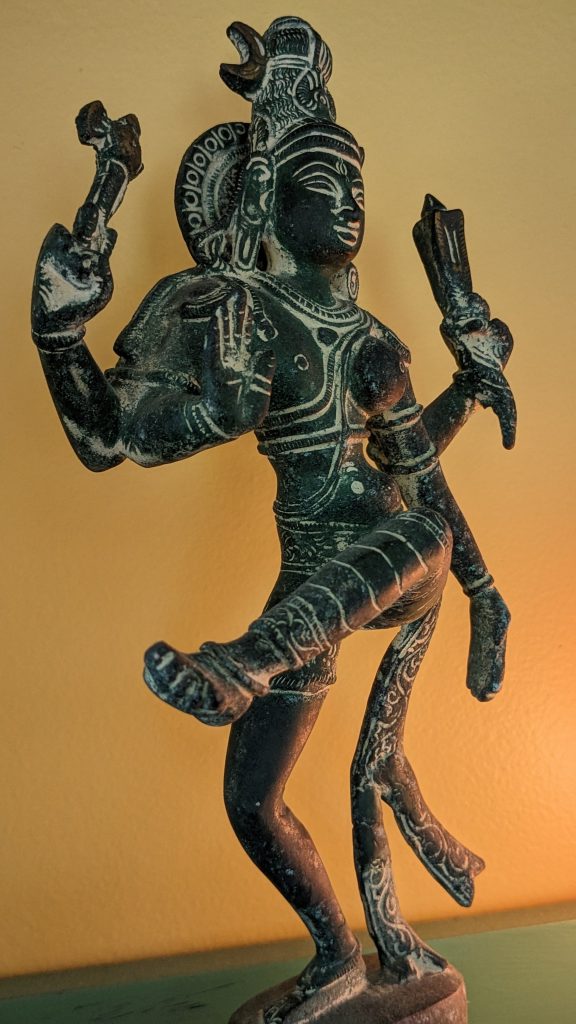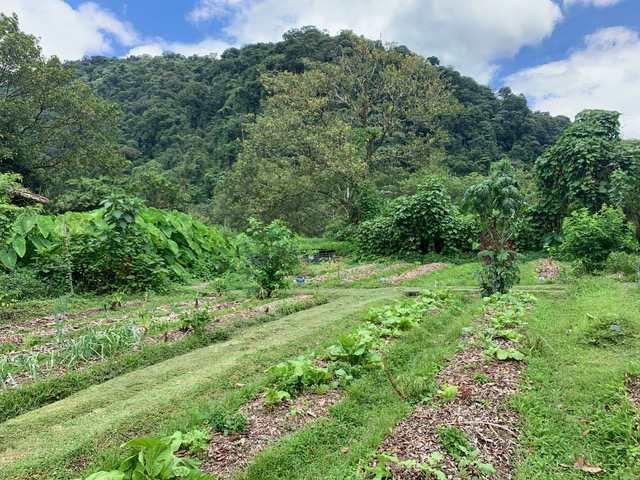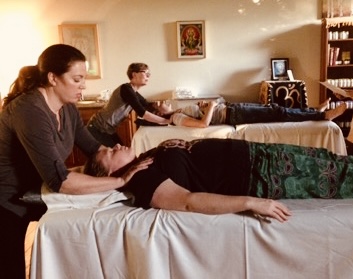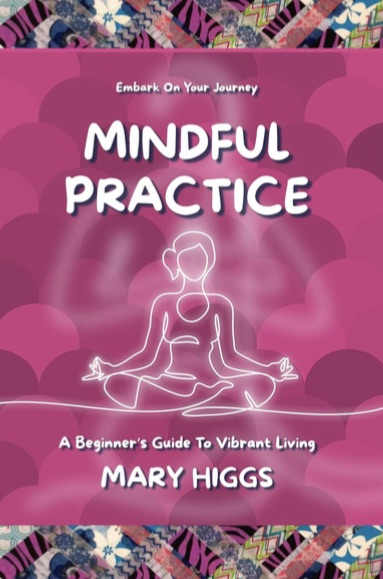What is Psychologically Sensitive Yoga?
Before you start reading, ask yourself, what would make you 10% more comfortable? Would it be a big exhale? A shoulder shrug? Adjusting your posture?
Take a minute. Good? Welcome back.
Many of us have experienced going to an “all levels” yoga class, or a “beginners” class, only to find ourselves contorted in strange positions and encouraged to enjoy it. Many of us even keep going, waiting for that magical yoga benefit to hit (sometimes it does!). My own experience of yoga shopping led me to many beautiful studios, but I felt like something was missing, especially after becoming pregnant and not having access to the same physical practice. That’s when I found psychologically sensitive yoga at Room To Breathe.
There are plenty of yoga buzzwords, so let’s talk about what “psychologically sensitive yoga” means. It starts with the student as the expert – your body, internal sensations, and experience of the practice serve as the most important guides. I love Room To Breathe’s use of the phrase “function over form,” rooted in the Viniyoga lineage and Gary Kraftsow’s teaching. What are we trying to get out of this physical posture, or contemplative practice? What’s its “function”? When we focus on the purpose, such as slowing down the breath or exploring the hips, the avenues for how we get there expand, and we aren’t stuck to one “right” way.
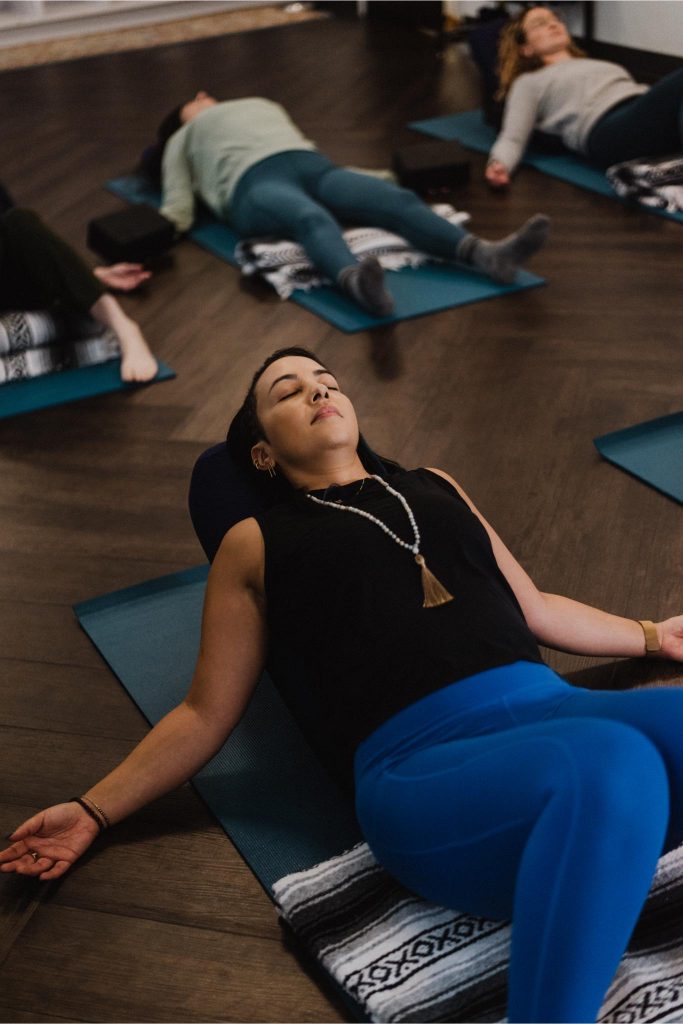
Psychologically sensitive yoga is inclusive of all bodies, and the role of the teacher or yoga facilitator is to help practitioners adapt the practice to their needs on that day rather than getting people to fit into the practice. The practice prioritizes holistic well-being instead of achieving a fitness goal. While asana, or the physical poses, is well known throughout the United States, it is only one part of the path to well-being laid out in the ancient Yoga Sutras. This reminds us that benefits to yoga go far beyond the physical, and psychologically sensitive yoga involves tending to the mind, spirit, and world around us. This also means acknowledging and studying the rich lineage of yoga, including how it has been whitewashed and made inaccessible.
Lastly, psych-sensitive yoga recognizes people’s struggles with experiences such as depression, anxiety, stress, and trauma, and that the practice needs to be tailored accordingly. “Dropping into the body” or other phrases might be incomprehensible, distressing, seemingly impossible, or all three. A psychologically sensitive yoga teacher knows they can be one small tool in someone’s toolbox for healing, with awareness of the benefits and challenges of the practice physically, mentally, and emotionally.
Is this for me?
Perhaps you are wondering “If I’m not capital-T Traumatized, is this practice for me?” – a question we have heard before! The answer is a resounding yes. Just like other accessibility movements, psychologically sensitive yoga benefits everyone. Pose variations help students know their teacher doesn’t expect uniformity. Cues to notice your own physical sensations build the confidence that your internal experience can be your guide. A psych-sensitive yoga class acknowledges that people come to practice as whole, complex people. Unfortunately, we are so accustomed to being a “fish out of water” in yoga and in life that we forget it doesn’t have to be the default experience. If you experienced your autonomy or choice being taken away from you in big or small ways, psychologically sensitive yoga can be a tool for building your connection to yourself and rebuilding your autonomy.
We invite both yoga students and teachers to consider how your practice could be more sensitive to your needs. How might we create safe, healing respite to reconnect with our physical and emotional wisdom so we can continue to do the hard work of showing up for our lives? We hope you will explore this question with us.
Hannah Lee is a licensed social worker and certified yoga teacher at Room To Breathe Chicago. She is passionate about the healing that relational psychotherapy and trauma-informed yoga can provide, and committed to changing the barriers to access or acceptance in wellness spaces. She is a biracial Chinese-English immigrant, parent, and reproductive justice advocate, and these themes show up in her work on the mat and in the therapy space.
Download the current issue of the magazine HERE




